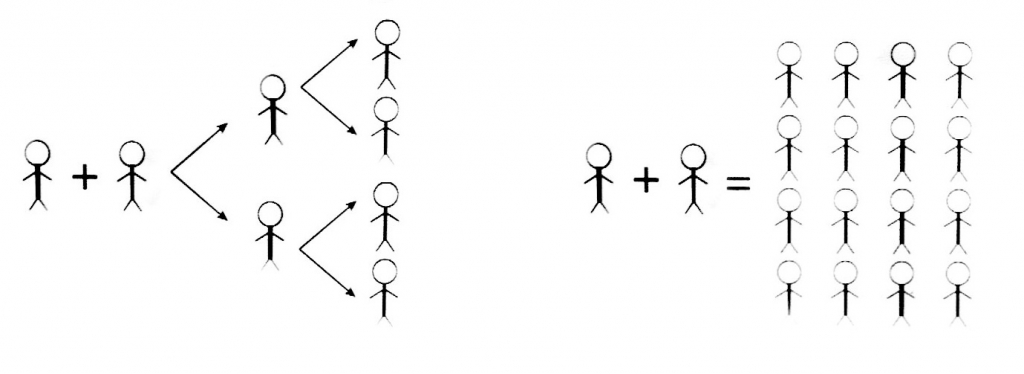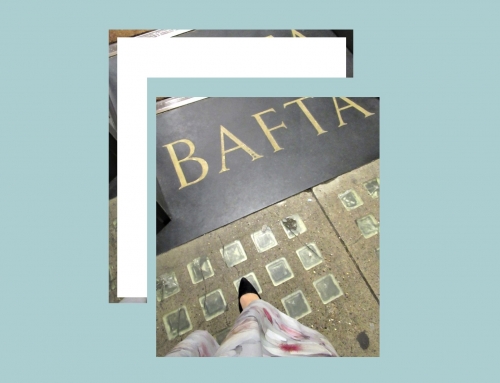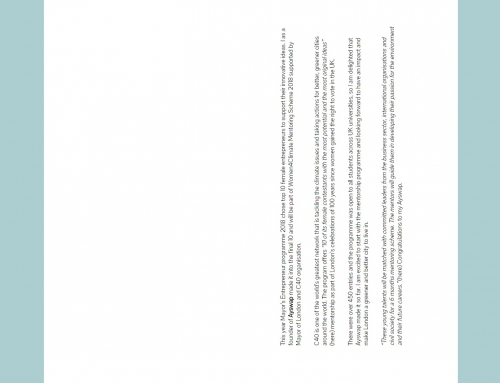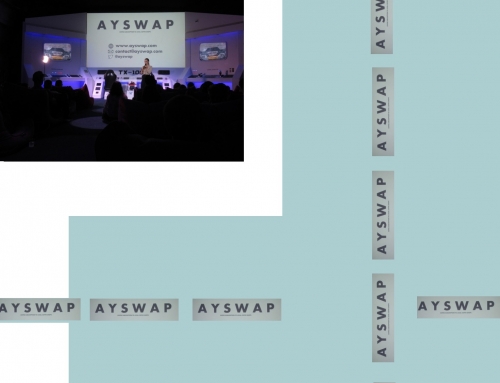Social media represents a group of internet based users that exchange content or engage with each other. By allowing users to share their opinion (Twitter‘s mission), there is no ambiguity why social media became the most popular activity around the web for the past three years. It gave voice to every single human to have a right.
With this in mind, social media revolution lead to the transition of the way we interact with each other, how brands advertise and how we as an individual communicate with the big corporation. Because the world we live in today does not operate from 9 to 5 anymore, instead 24/7.
PRIVACY
When it comes to our private data in the world that is working 24/7 our privacy is a matter of the past. As stated here, we “…generate more than 2,5 billion gigabytes of data about ourselves every day.”. That is a huge number.
Yet, when it come to collecting our data online, it is also occasionally arguably how do we interpretate them. In any event, big corporations and advertisers are using our tracks online, whether to convince us what to purchase or who to vote.
Services and products today are able to find us online through social graphs and deliver to us the news that we want to hear. ” We no longer search for the news; rather the news finds us.” (Qualman, p.11). The search engine is becoming smarter and suitable to individual needs and understands individual that is behind the computer. “Google, Facebook, Amazon, Apple, and LinkedIn are fighting for the same people in dollars when it comes to music, e-readers, social, mobile, search, recruiting, tablets, advertising, contacts, and beyond.” (Qualman, p. 9)
Google can even predict future trends before you know. Search engines are able to predict the outcome of the voting, fashion trends and even pop-culture trends six weeks in advance through searches. Even the fact that we have the tools and settings to protect our privacy, most of the time we are not even willing to take the time and protect ourselves. It was concluded, that if we would read every T’s & C’s of the platforms, websites, services we have ever sign it for, it would take an average user around 40mins per day to read it. One the one hand, it is advantageous to know what we are signing for, on the other hand, that is quite a lot of wasted time for most of the people. Nonetheless, it is upon us what we prioritise and set on the private mode in our lives.
FAKE NEWS & POWER TO THE PEOPLE
Fake news going viral is not a surprising fact if we take under the consideration that social media represents user generated creation. Social media is data-driven context based on human emotions created by users behind the electronics, after all. The news that is not verified can therefore reach broader audience withing the second. According to Forbes news representing false information exceeds the amount of accurate news on Facebook during the election in 2016, which is startling.
I believe we need to be more conscious about what we read and question ourselves about the validation of that source. However, not every source that we see or read online is incorrect. If the source is free does not necessarily mean that it is less valid. In fact, there are a lot of free platforms, educated bloggers and journalist sharing their context chargeless. Those authors compete with traditional newspapers, whereas some of the bloggers can even deliver information quicker and have more insight into a certain topic than for instance some journalist writing for a magazine. With this in mind, traditional newspapers and journalist have harder job as they are competing with all the free content that is spread around the social media platforms.
In the past, the information was controlled by few people and distributed to the audience, whereas today the information is controlled by the audience and shared with few. Users want to have information delivered quickly and free.
On the contrary, it seems that writing skills are getting poorer as our life is substituted with texts and short messages with a few characters combining with emojis. Furthermore, we have come so far that there are special websites that reduce the number of characters in the link, just so that you could fit it in the status that has the limited amount of a space.
A few years ago newspaper was the one that had control over the readers and distribution, however, today users on social media are the one creating the context.

No more reality TV. Our reality is now our friends lives on social media.
WOR(L)D OF MOUTH
As being said in the previous paragraph, news today are driven by people through social media. For that reason, social media defeat old model, word of mouth principle, which worked as the most efficient marketing concept in the past. Ability to easily share context on social media nowadays helpe reduce the failure in delivering the information. Nowadays sharing on social media allows the original news to be spread over nad over again, without changing the original information, which was usually the case in the past.
By giving the option to share context, people are no longer receiving news from newspapers but through their friends on social media or free online subscriptions. Social media makes very easy for the information to spread, especially if we acknowledge that the average person on Facebook today has 130 friends. It is not a surprise that status update serves as the most popular feature on Facebook and LinkedIn, representing 60 millions of them per day.
The idea behind the social media started with the intention of helping people to avoid the media world of crammed information (TV adds, etc.), whereas it lead to the stage where we became occupied with even more information, such as social status updates, tweets, comments, messages, videos sharing etc. on an hourly basis. Withal, our information had become more fragmented into very specific areas, whereas in the past information came from few sources such as radio, TV or newspaper and reported more or less the same topic.
Word of mouth (old model) vs. world of mouth (social media, new model) (Qualman, p.2)
SOCIAL COMMERCE
The analysis had shown that people between 18 and 24 years old spend on average 2,5 hours online discussing brands and products they have used. This is usually communicated through the social media. Purchasing has become easier for the consumer than ever before, however also more profitable for the seller as they do not need to spend the fortune on the advertising. The companies instead ‘use’ people to refer their products and do not need to invest the wealth into the add anymore.
For instance, Facebook improved the mobile shopping experience and is now giving an option to consumers to make purchases directly through the platform and not being redirected to the retailer’s website-social commerce. This allows a customer to buy a product, type in their credit card information directly into Facebook or even choose to store the information for further purchasing. “Social search drives social commerce.” (Qualman, p. 28). Which means that consumers look for validation of products from their friends.People rather trust their peers, apparently 90% of participants, than institutions and in the future, only companies that will produce valuable outcomes are going to be part of that conversation.
Young generations today are confident and openly share and discuss about the brands online by expressing their opinions and by doing that getting the notification through social media that our friend purchased an item online or score the product positively, we are certainly more driven to purchase it. Positively, we are also cutting down a wasted hour of research as they already did research for us.
SOCIAL MEDIA FOR COMPANIES
“Social media is your customer today, your customer tomorrow, your employees, and others.” (Qualman, p.11)
In a world where Kindle e-book outsells hardcover books, it is noticeable that the internet changed every aspect of the business and our personal lives. Today social media regulate business lives as company’s overall success is commonly part of their good social media strategy. Social media presence does not come without a price. Valuable context and meaningful engagement are today’s currency of social media for business. “The currency in social media isn’t euros, pesos or dollars…” (Qualman, p.11), that is why individuals or companies are rewarded in meaningful currency, just as in the real world. For instance, positive reviews and good reputation.
To conclude, there is no need to invent the wheel as there are plenty of great social media platforms out there that already have billions of users. You only need to find them, learn how to properly use the social media, get the right strategy and you will be able to get SMART (Specific, Measurable, Agreed upon, Realistic, Timed) results. “You aren’t social media company, so don’t attempt to parade as one.” (Qualman, p. 187)
SOCIAL ROI
STATISTIC
“53% of millennials would rather lose their sense of smell than their technology.”





















Leave A Comment